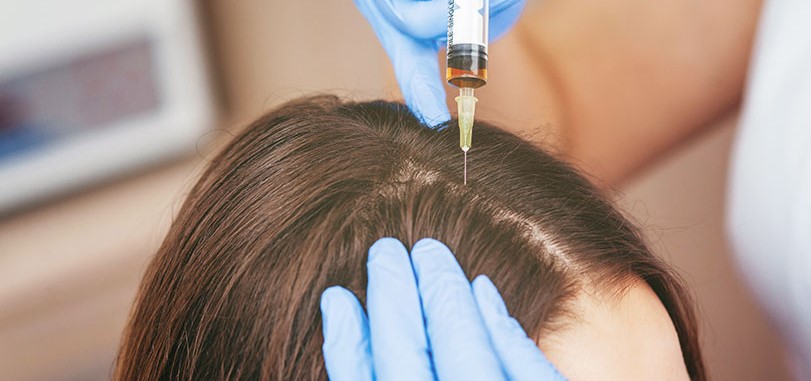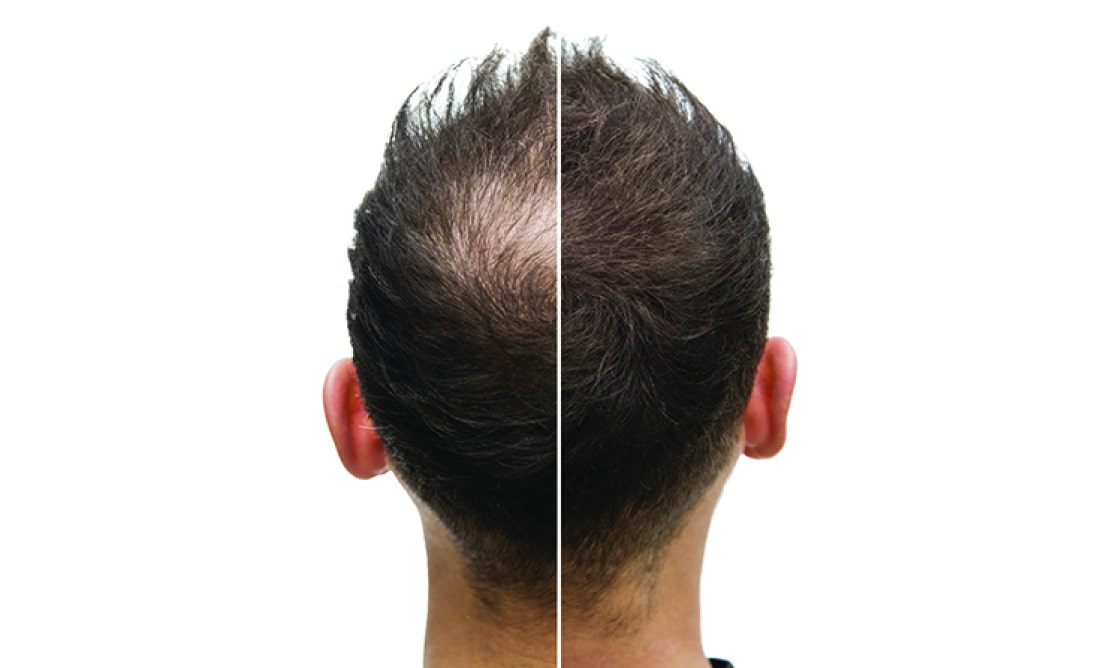

Platelet-Rich Plasma (PRP) therapy or PRP treatment in Bangalore is emerging as an advanced approach to address patterned hair loss, thinning hair, and receding hairlines, offering effective and natural hair regrowth results. This article aims to provide insights into the procedure, its associated costs, and the anticipated outcomes, helping you gain a comprehensive understanding of this increasingly popular treatment for hair-related concerns.
Platelet-Rich Plasma (PRP) treatment involves drawing a small amount of the patient's blood, processing it to concentrate the platelets, and then reintroducing the platelet-rich plasma into the body. The concentrated platelets contain growth factors that are believed to stimulate cell proliferation, tissue repair, and hair follicle activity.
Blood Collection: A small amount of the patient's blood is drawn, usually from the arm, similar to a routine blood test.
Centrifugation: The collected blood is placed in a centrifuge, separating its components. This concentrates the platelets in a small amount of plasma.
PRP Extraction: The platelet-rich plasma, containing growth factors, is extracted from the processed blood sample.
Application: The PRP is then applied to the targeted area, often through injections, addressing concerns such as hair loss or skin rejuvenation.

PRP Insertion with Injections: In the final step, dermatologists safely inject the PRP, obtained from the blood, into the affected scalp area using microneedles. Before this process, local anesthesia is administered into the scalp margin by your dermatologist to ensure a pain-free experience.
Extraction and Activation of PRP: From the remaining layers containing Platelet Poor Plasma (PPP) and red blood cells in the tube, doctors extract Platelet Rich Plasma (PRP). Trichologists activate the growth factors in the plasma using a specific activating agent before injecting it into the patient’s scalp.
Platelet Separation: Utilizing the centrifuge technique, dermatologists separate platelets from the blood. The double spin method ensures an optimal concentration of platelets rich in growth factors.
Blood Sample Collection: At the onset of the PRP hair loss treatment procedure, a 20 ml blood sample is drawn by your doctor.
Platelet-Rich Plasma (PRP) hair treatment offers several benefits for individuals dealing with hair loss and other related concerns:
PRP treatment has shown effectiveness in addressing different types of hair loss, including androgenetic alopecia (pattern baldness) and alopecia areata.
PRP has been associated with improvements in hair thickness, quality, and overall texture, contributing to healthier-looking hair.
Since PRP is a minimally invasive procedure, recovery time is usually quick, and patients can resume their regular activities shortly after the treatment.
PRP is a non-surgical and minimally invasive treatment, making it a suitable option for individuals seeking hair restoration without major interventions.
PRP contains growth factors that stimulate hair follicles, promoting natural hair growth and improving hair density.
PRP can improve overall scalp health by promoting blood circulation, reducing inflammation, and nourishing the scalp, which contributes to healthier hair.
PRP treatment is generally considered safe with minimal side effects, as it utilizes the patient's own blood components.
A PRP treatment session typically takes about 30 minutes to an hour, depending on the specific area being treated and the treatment plan.
No, PRP treatment is a non-surgical and minimally invasive procedure. It involves extracting the patient's own blood, processing it, and reintroducing the platelet-rich plasma to the targeted area. This makes PRP a less invasive option for individuals seeking hair restoration.
PRP treatment has shown effectiveness in addressing various types of hair loss, including androgenetic alopecia (pattern baldness), alopecia areata, and other forms of non-scarring hair loss.
The PRP procedure typically involves drawing a small blood sample, processing it in a centrifuge to concentrate the platelets, and then applying the platelet-rich plasma to the targeted area. This can be done through injections or topical application, depending on the specific treatment goals.
PRP treatment is generally considered safe, as it utilizes the patient's own blood components, reducing the risk of allergic reactions. Some individuals may experience mild swelling or discomfort at the injection site, but these effects are usually temporary.
Results may vary, but some individuals notice improvements in hair density and quality after a series of PRP sessions. Full results may take a few months, and ongoing maintenance treatments may be recommended for sustained benefits.
PRP treatment is suitable for individuals experiencing various forms of hair loss, seeking a non-invasive solution. However, a consultation with a healthcare professional is necessary to assess individual suitability and determine the most appropriate treatment plan.
Yes, PRP has versatile applications. It is commonly used in orthopedics for joint and tissue healing, as well as in aesthetic procedures for facial rejuvenation and wound healing.
Copyright @ VCUS Healthcare Center. All Rights Reserved | Designed By Channel Softech